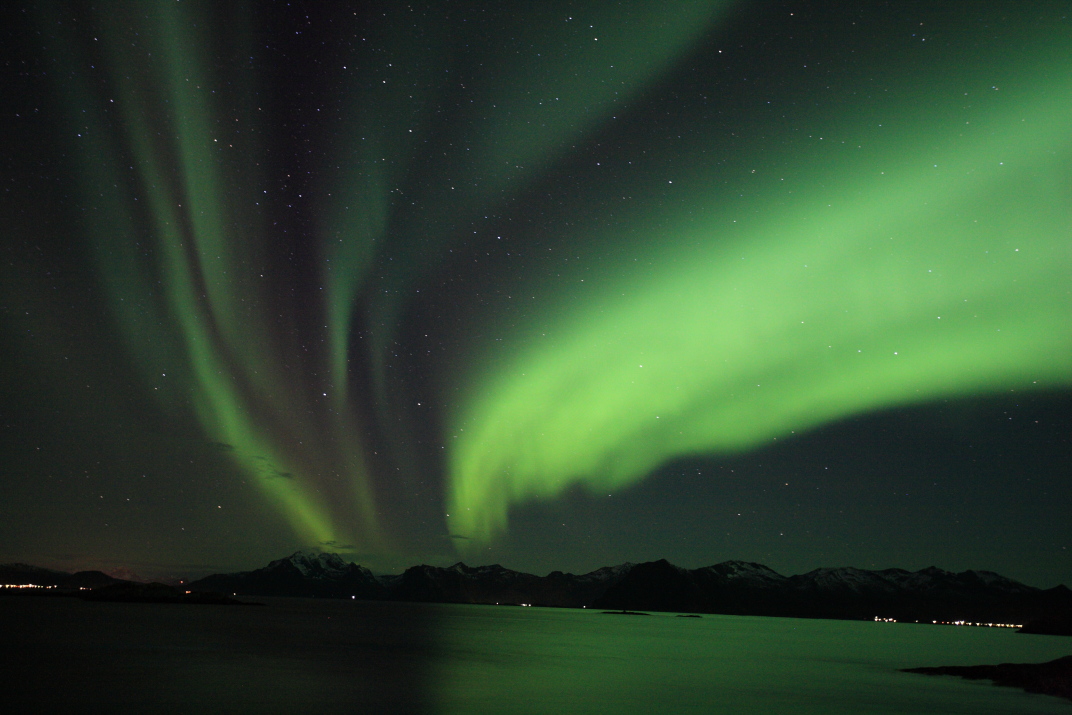A new study of krill collected 15 years ago in Antarctica’s Scotia Sea suggests that seasonal sea ice plays an important role in both the Antarctic and Arctic food chains by hosting carbon-sequestering ice algae in early spring and creating calmer seas both before and after the late-spring melt. Calm seas create a more stratified water column that allows phytoplankton to hang near the surface and absorb more sunlight for maximum photosynthesis. Zooplankton like krill thrive on this rich diet and support a more robust food chain. Researchers tracked productivity with a recently discovered lipid marker that is produced only by ice algae. This vital role of sea ice will dramatically diminish as ice-free waters expand across polar seas.
CLICK PHOTO TO READ ARTICLE:



































